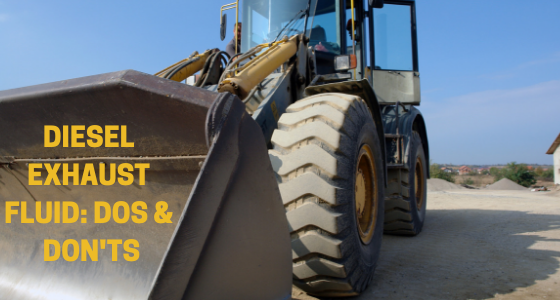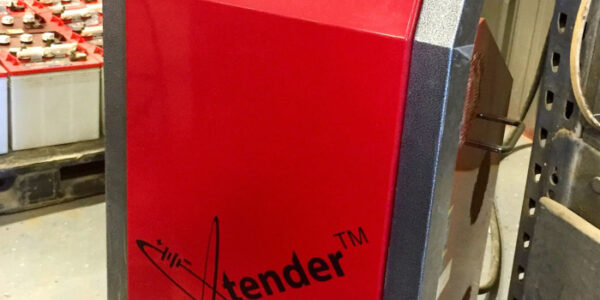
Employee Spotlight: Lucien Provost
Meet Lucien Provost! Provost is the parts operations manager at the Hugg & Hall branch...

Meet Lucien Provost! Provost is the parts operations manager at the Hugg & Hall branch...

Hugg & Hall Equipment Company Featured in Volvo Construction Equipment Video Little Rock, Ark.– Hugg...

Problem: Mixing DEF with diesel fuel Solution One common issue stemming from diesel exhaust fluid...

Meet Katie Hicks! Hicks has been working at Hugg & Hall for more than 20...

Hugg & Hall Equipment Company (Hugg & Hall) continually seeks to find innovative ways to...

Presiding consensus at the 2019 Business Forecast presented by the Center for Business & Economic...

There’s no way to perfectly protect from theft, but there are some measures you can...